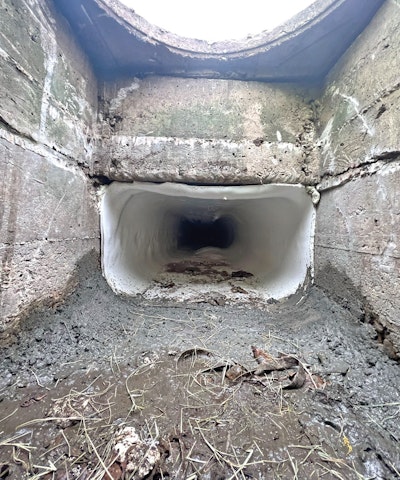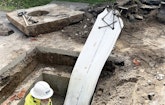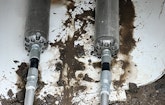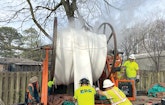
Kennett, Missouri, officials worried that deteriorating 1930s era box culverts could cause problems.
The Works Progress Administration under the terms of the New Deal built thousands of feet of stormwater box culverts in the late 1930s throughout Kennett, Missouri.
Fast-forward nearly a century and the deteriorating culverts were a problem city officials needed to address,...









